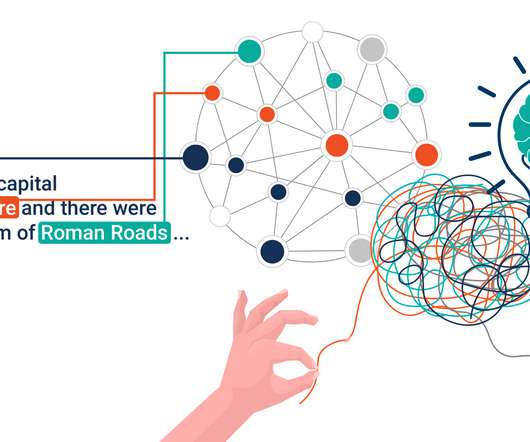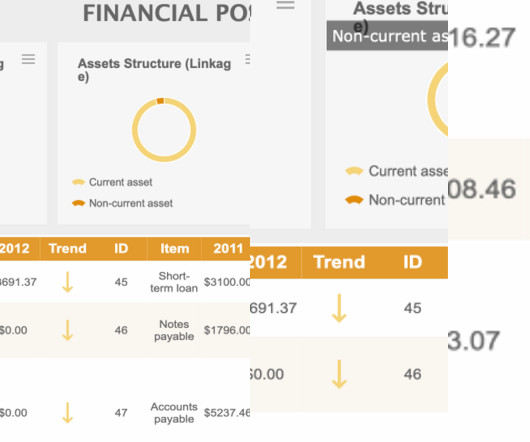What Does 2000 Year Old Concrete Have to Do with Knowledge Graphs?
Ontotext
SEPTEMBER 2, 2020
The risk is that the organization creates a valuable asset with years of expertise and experience that is directly relevant to the organization and that valuable asset can one day cross the street to your competitors. The post What Does 2000 Year Old Concrete Have to Do with Knowledge Graphs?














Let's personalize your content